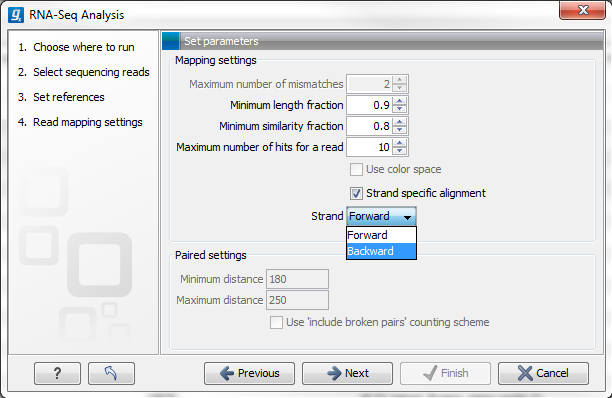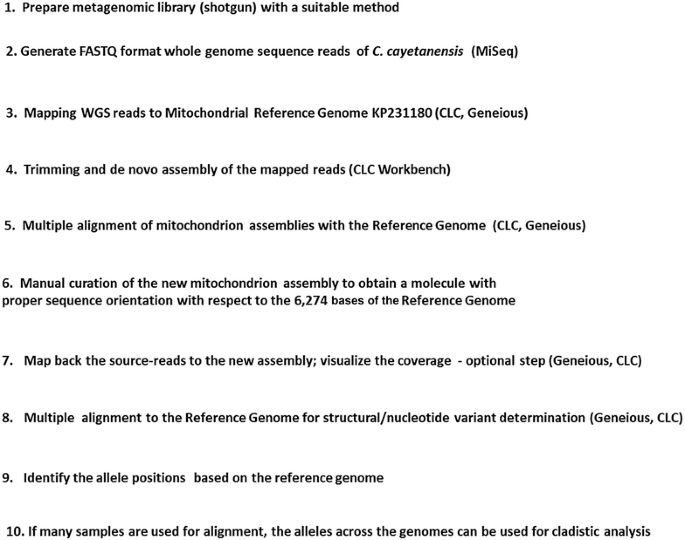

However, we have isolated members of the B. Our previous study suggested that many past anthrax cases could be attributed to animal products imported from overseas. anthracis-type virulence genes have been isolated. cereus group strains from the collected samples.

cereus group isolates to humans in Japan, we began collecting soil and animal feces samples and subsequently isolated B. cereus group in soil, animal feces, and human patients with food poisoning or nosocomial infections and to measure the potential risk of the existence of pathogenic B. Therefore, to assess the prevalence of spores from the B. cereus group isolates in Japan is also warranted.

A comprehensive study of the genetic diversity among environmental and clinical B. cereus group bacteria isolated from soil, animal feces, and human patients with food poisoning or nosocomial infections across Japan has not been performed. cereus is characterized by high-level pathogenicity and lifestyle diversity, a detailed analysis of virulence-associated genes carried by B. cereus infection transmitted through contaminated hospital linen. There have also been several outbreaks of nosocomial B. cereus contamination of processed rice products has been reported along with cases of diarrheal food poisoning. In Japan, food poisoning caused by emetic toxin-producing B. cereus strains associated with food poisoning or nosocomial infection have been conducted in many countries. Multilocus sequence typing (MLST) and virulence gene profiling analyses of the emetic toxin-producing B. cereus is reflected by its virulence and life cycle in the environment. cereus strains, which also pose a threat to human health, are present in Japanese soils. As such, it is an important matter for public health to investigate whether spores belonging to B. Soil is usually rich in bacteria belonging to the B. Therefore, because of the likely presence of residual spores in the environment, there is still a risk that anthrax may re-emerge in Japan. anthracis spores can lie dormant in soil for several decades, and anthrax cases were sporadically reported in cattle and pigs in Japan in the 1980s. anthracis have been restricted to a limited number of locations around the world. In addition, outbreaks of disease caused by pathogenic Bacillus cereus strains showing virulence characteristics similar to those of B.

However, because several of the clinical isolates share close genetic relationships with the environmental isolates, both molecular and epidemiological surveillance studies could be used effectively to estimate virulence in these important pathogens.įor the last 20 years, both human and animal cases of anthrax, the highly lethal disease caused by Bacillus anthracis, have thankfully been absent from Japan. cereus group isolates in Japan suggest that the soil- and animal-derived bacteria from our study are not a significant risk to human health. Molecular and epidemiological analyses of B. NMDS showed that the cluster of soil isolates overlapped with the cluster comprising animal-derived and clinical isolates. A significant correlation was seen between the principal components and the presence of genes encoding hemolysin BL and emetic genetic determinants in B. Exploratory principal component analysis and nonmetric multidimensional scaling (NMDS) analyses were used to assess the genetic similarities among the isolates using gene presence and absence information and isolate origins as the metadata. Genetic variation among the isolates was identified by the MLST and core-genome SNP phylogeny comparison against reference strains from countries outside of Japan. cereus group isolates, including soil- and animal-derived isolates and isolates recovered from hospitalized patients and food poisoning cases, were genotyped by MLST and core-genome SNP typing. Virulence-associated gene profiles were also used to evaluate the genetic backgrounds and relationships among the isolates. Multilocus sequence typing (MLST) and core-genome single-nucleotide polymorphism (SNP) typing data from whole-genome sequences were analyzed to determine genetic diversity levels. The complete genome sequences of 44 Bacillus cereus group isolates collected from diverse sources in Japan were analyzed to determine their genetic backgrounds and diversity levels in Japan.


 0 kommentar(er)
0 kommentar(er)
